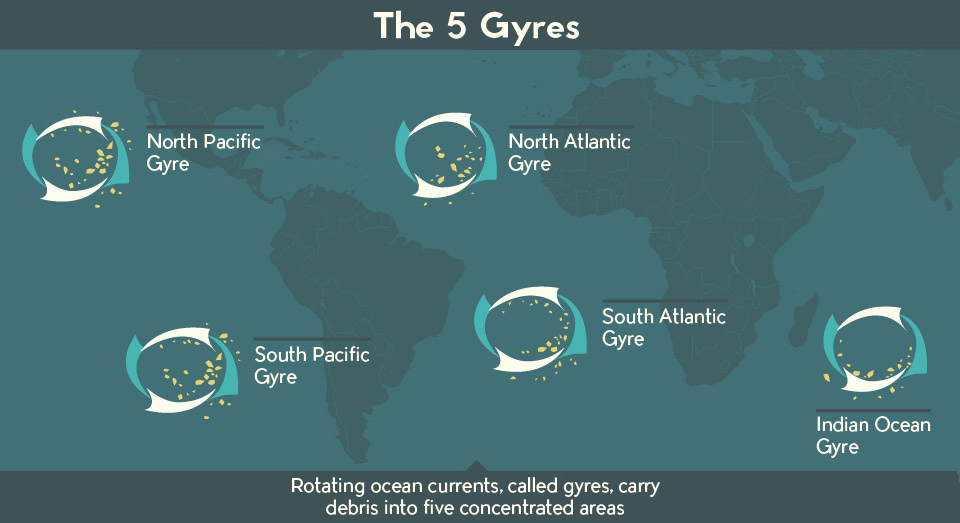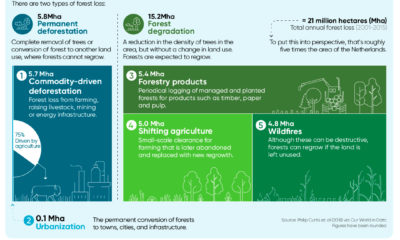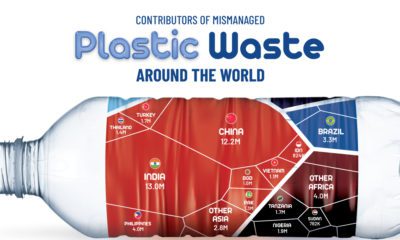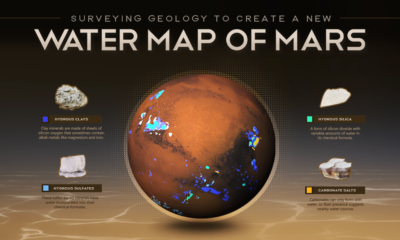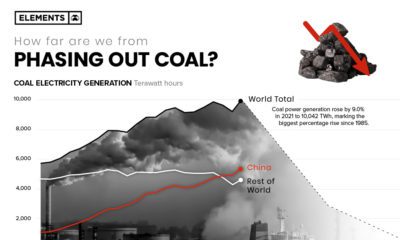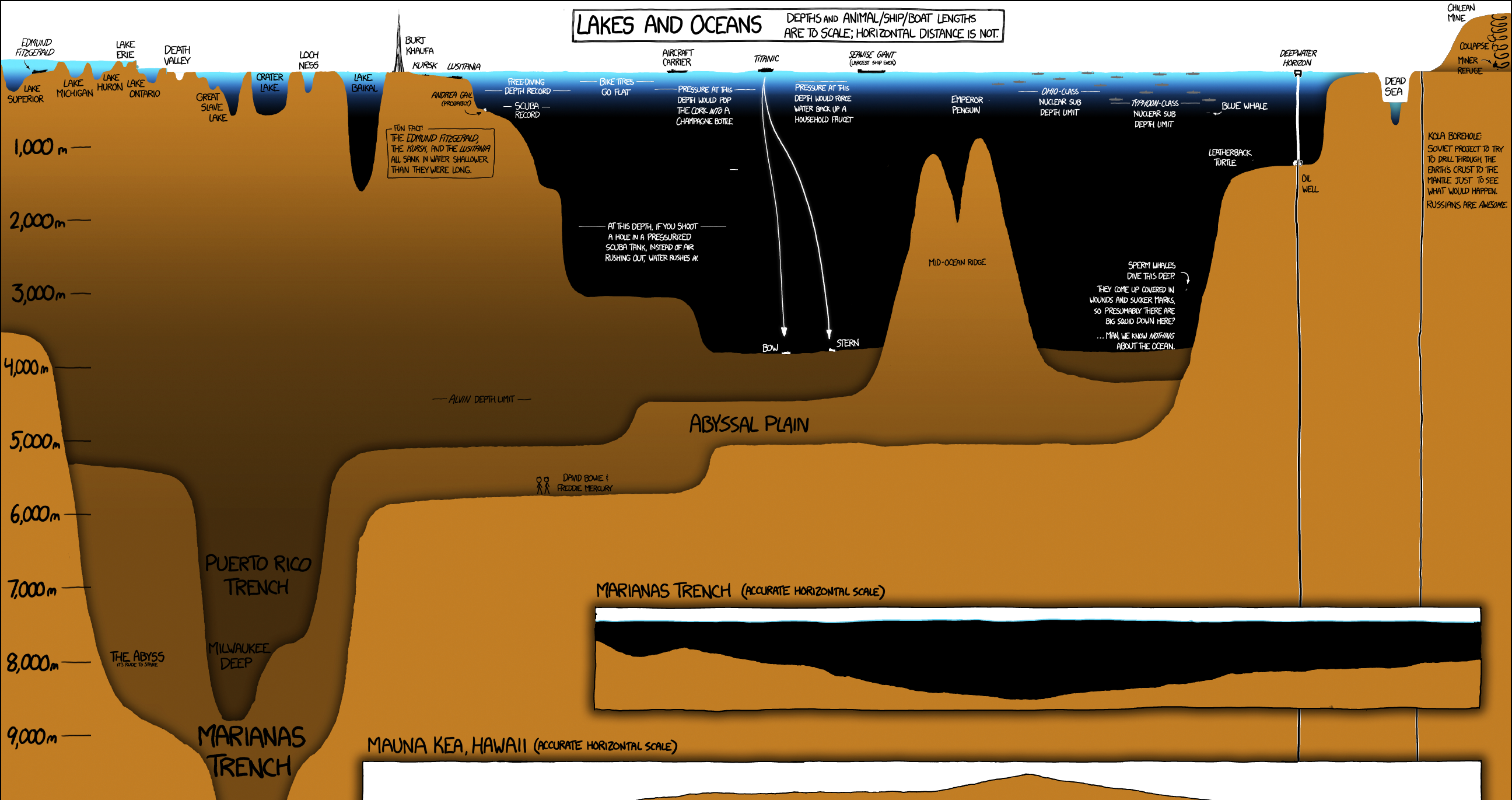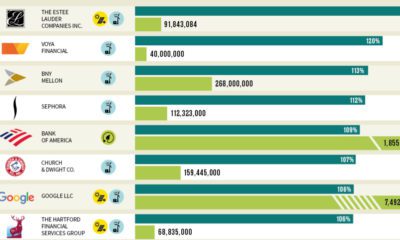Officials noted that the whale was unusually thin, and a necropsy confirmed that the whale died from an acute abdominal infection. Put simply, the whale ingested so much plastic debris – 67 lbs worth – that its digestive system ruptured.
The Plastic Problem, Visualized
Today’s infographic comes to us from Custom Made, and it helps put the growing marine debris problem in perspective.
A Spiraling Problem
The equivalent of one garbage truck full of plastic enters the sea every minute and the volume of ocean plastic is expected to triple within a decade. Every stray bit of trash that enters the ocean, from a frayed fishing net off the coast of the Philippines to a plastic bottle cap from an Oakland storm drain, all end up circulating in rotating ocean currents called gyres. For this reason, the Pacific Gyre is now better known by another name: The Great Pacific Garbage Patch.
The Sum of Many Plastic Parts
The Great Pacific Garbage Patch is often misrepresented online as a literal raft of floating trash stretching as far as the eye can see. The real situation is less visually dramatic, but it’s what we can’t see – microplastic – that’s the biggest problem. Tiny fragments of plastic pose the biggest risks to humans because it’s easy for them to enter the food chain after being ingested by marine life. While derelict fishing gear such as nets and floats are a contributor to the problem, land-based activity accounts for the majority of the garbage circulating in the ocean. Most of the world’s countries have ocean coastlines, and with so many jurisdictions and varying degrees of environmental scrutiny, truly curbing the flow of plastic isn’t realistic in the near term.
No Solution on the Horizon
Garbage patches have formed deep in the middle of international waters, so there is no clear cut way to decide who is responsible for cleaning up the mess. Organizations like The Ocean Cleanup are researching ocean gyres and providing better insight into the extent of the plastic problem. The Ocean Cleanup is best positioned to make a real impact, though executing on their vision will require vast resources and substantial funding. Nobody likes seeing whales wash up on shore, but for now, a fully-scaled solution may still far out on the horizon.
on Over recent decades, farmers have been able to more than double their production of crops thanks to fertilizers and the vital nutrients they contain. When crops are harvested, the essential nutrients are taken away with them to the dining table, resulting in the depletion of these nutrients in the soil. To replenish these nutrients, fertilizers are needed, and the cycle continues. The above infographic by Brazil Potash shows the role that each macronutrient plays in growing healthy, high-yielding crops.
Food for Growth
Nitrogen, phosphorus, and potassium (NPK) are three primary macronutrients that are the building blocks of the global fertilizer industry. Each plays a key role in plant nutrition and promoting crop growth with higher yields. Let’s take a look at how each macronutrient affects plant growth. If crops lack NPK macronutrients, they become vulnerable to various stresses caused by weather conditions, pests, and diseases. Therefore, it is crucial to maintain a balance of all three macronutrients for the production of healthy, high-yielding crops.
The Importance of Fertilizers
Humans identified the importance of using fertilizers, such as manure, to nourish crops dating back to nearly 6,000 to 2,400 BC. As agriculture became more intensive and large-scale, farmers began to experiment with different types of fertilizers. Today advanced chemical fertilizers are used across the globe to enhance global crop production. There are a myriad of factors that affect soil type, and so the farmable land must have a healthy balance of all three macronutrients to support high-yielding, healthy crops. Consequently, arable land around the world varies in the amount and type of fertilizer it needs. Fertilizers play an integral role in strengthening food security, and a supply of locally available fertilizer is needed in supporting global food systems in an ever-growing world. Brazil is one of the largest exporters of agricultural goods in the world. However, the country is vulnerable as it relies on importing more than 95% of its potash to support crop growth. Brazil Potash is developing a new potash project in Brazil to ensure a stable domestic source of this nutrient-rich fertilizer critical for global food security. Click here to learn more about fertilizer and food production in Brazil.

